Replacing windows is a big decision that can improve your home’s look, energy efficiency, and value. But with so many options, it can feel overwhelming. Should you choose vinyl, wood, or fiberglass? Do you need double or triple-pane glass? And what about installation and permits?
This guide will walk you through everything you need to know about window replacement, helping you make the best decision for your home.
Why Replace Your Windows?
Replacing old windows can bring several benefits:
- Lower Energy Bills – Energy-efficient windows can save homeowners up to $465 per year on heating and cooling costs (Energy Star).
- Better Comfort – Modern windows help keep homes warm in winter and cool in summer.
- Higher Home Value – A window upgrade can offer a return on investment (ROI) of nearly 70% (Remodeling Magazine).
- Noise Reduction – Double or triple-pane windows help block outside noise.
- Improved Security – Newer windows often have stronger locks and reinforced glass.
If your windows are drafty, difficult to open, or have condensation between panes, it might be time for a replacement.
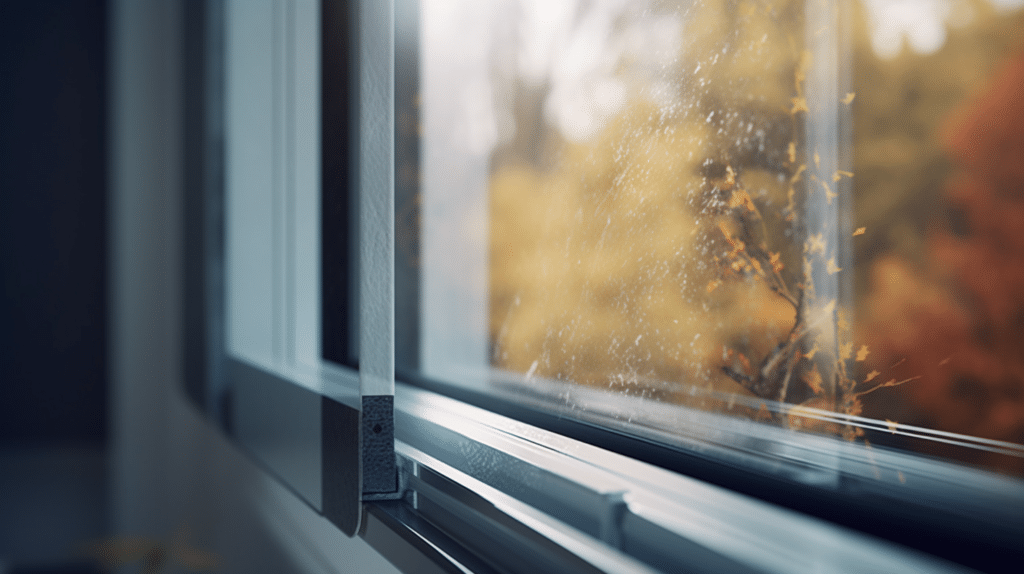
Choosing the Right Window Material
Not all windows are the same. The material you choose affects durability, energy efficiency, and style. Here are the most common options:
1. Vinyl Windows
- Most popular choice
- Affordable and energy-efficient
- Low maintenance—no painting or staining
- Lasts 20-40 years with proper care
Best for: Homeowners who want a budget-friendly, durable option.
2. Wood Windows
- Classic and stylish look
- Great insulation properties
- Requires regular maintenance to prevent rot and warping
- Higher cost compared to vinyl
Best for: Traditional or historic homes where style is a priority.
3. Fiberglass Windows
- Extremely strong and durable
- Can be painted to match your home
- More expensive than vinyl but lasts longer
- Resistant to extreme weather
Best for: Homeowners who want long-lasting, low-maintenance windows with a custom look.
4. Aluminum Windows
- Strong and lightweight
- Best for large glass areas or modern designs
- Not as energy-efficient as other options
- Prone to condensation in cold climates
Best for: Contemporary homes with large window walls.
Double-Pane vs. Triple-Pane Windows
Most new windows today have double-pane glass as a standard. But in colder climates, triple-pane windows may be a better choice.
| Feature | Double-Pane | Triple-Pane |
| Cost | More affordable | More expensive |
| Insulation | Good | Best |
| Noise Reduction | Good | Excellent |
| Energy Savings | Up to 30% better than single-pane | Up to 50% better than single-pane |
Best for: Triple-pane is ideal for very cold regions like Wisconsin or Canada. Double-pane works well in most other areas.
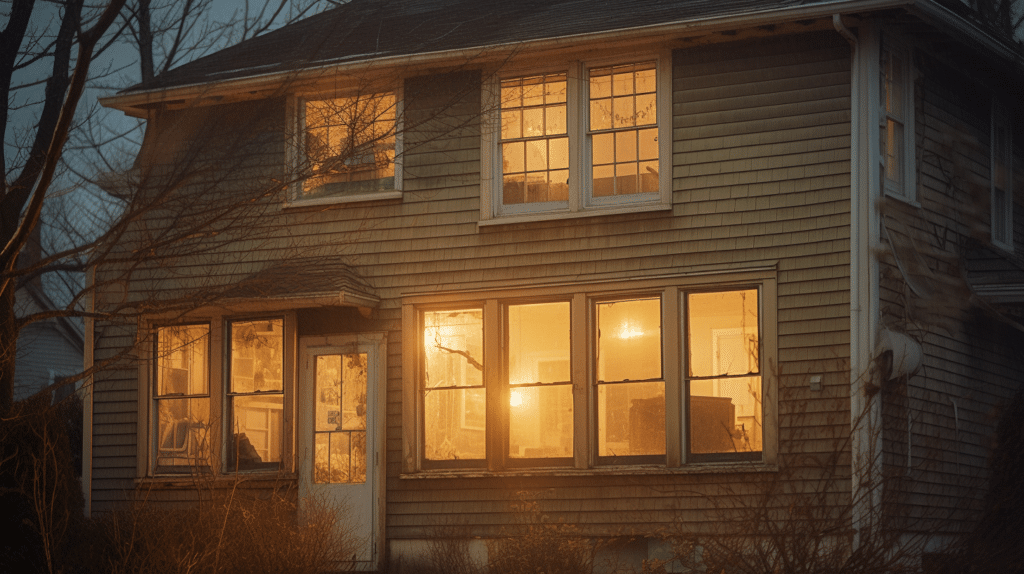
Window Styles: Which One is Right for You?
There are several styles to choose from, depending on your needs:
- Single-Hung: Bottom sash moves up and down, top sash is fixed. Affordable and simple.
- Double-Hung: Both sashes move for better ventilation and easy cleaning.
- Sliding: Windows slide side to side. Great for modern homes.
- Casement: Hinged on the side and opens outward. Provides excellent airflow.
- Bay & Bow: Extend outward for a beautiful, open feel. Adds space and value.
Tip: Consider which style works best for ventilation, cleaning, and ease of use.
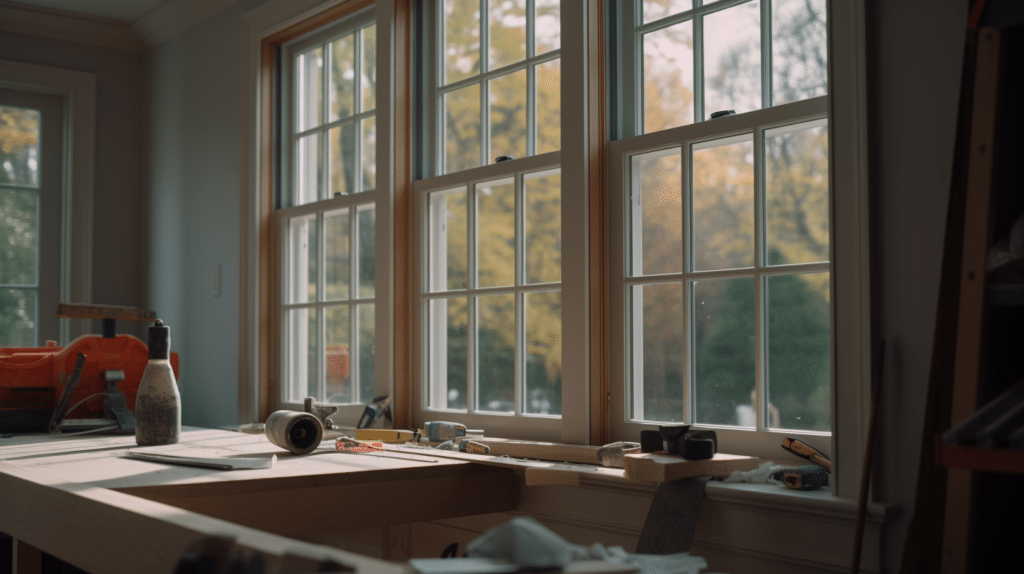
Who Should Install Your Windows?
Even the best windows won’t perform well if they’re installed incorrectly. A professional installer ensures:
A proper fit – No air leaks or gaps
Correct insulation – Maximizes energy savings
Warranty protection – Some manufacturers only cover defects if a certified pro does the installation
Tip: Look for a window installer with good reviews on Google, Yelp, or the Better Business Bureau (BBB).
Do You Need a Permit for Window Replacement?
Permits vary by city, but in Milwaukee, Wisconsin, a permit is required if:
- You are changing the window size or cutting a new opening.
- You live in a historic district.
If you are replacing existing windows with the same size, a permit is usually not needed. However, always check with your local building department.
How Much Does Window Replacement Cost?
The cost depends on window material, style, and installation fees.
| Window Type | Price Per Window (Installed) |
| Vinyl | $300 – $800 |
| Wood | $800 – $1,500 |
| Fiberglass | $600 – $1,200 |
| Aluminum | $400 – $1,000 |
Tip: Many companies offer financing options to spread out the cost.
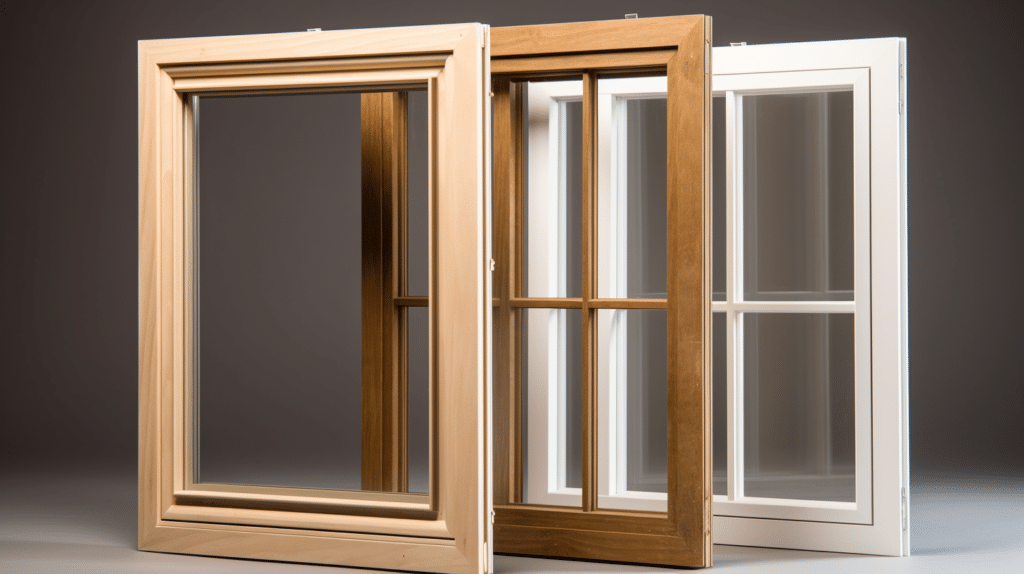
Energy-Efficient Features to Consider
If you want to maximize energy savings, look for these features:
✔ Low-E Glass: Reflects heat to keep your home cool in summer and warm in winter.
✔ Argon or Krypton Gas: These gases between panes improve insulation.
✔ Warm-Edge Spacers: Reduce condensation and heat loss around the edges.
✔ Energy Star Certification: Ensures high performance and savings.
Fact: Windows with Low-E coatings can reduce heat loss by up to 50% (Department of Energy).
How to Maintain Your New Windows
To keep your windows in great shape:
Clean the glass with a mild soap and water.
Check seals regularly for air leaks.
Lubricate moving parts to prevent sticking.
Inspect for damage after storms or extreme weather.
Tip: Proper maintenance can extend the lifespan of your windows by 10-15 years.
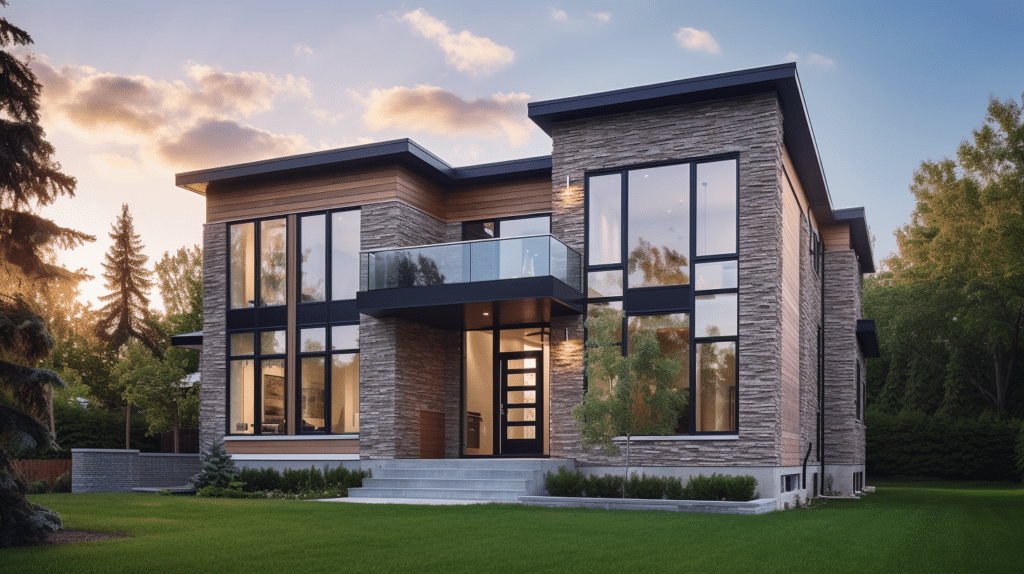
Final Thoughts
Replacing windows is a smart investment that improves comfort, energy efficiency, and home value. When choosing new windows, consider the material, glass type, style, and installer to get the best results.
If you’re in Milwaukee, Wisconsin, and need expert help with window replacement, siding, or doors, Tiltin Windows Doors and More has you covered.
Contact Tiltin Windows Doors and More for a free consultation and expert installation.
Looking for more home improvement tips? Check out our article on “Things to Know About Siding.”

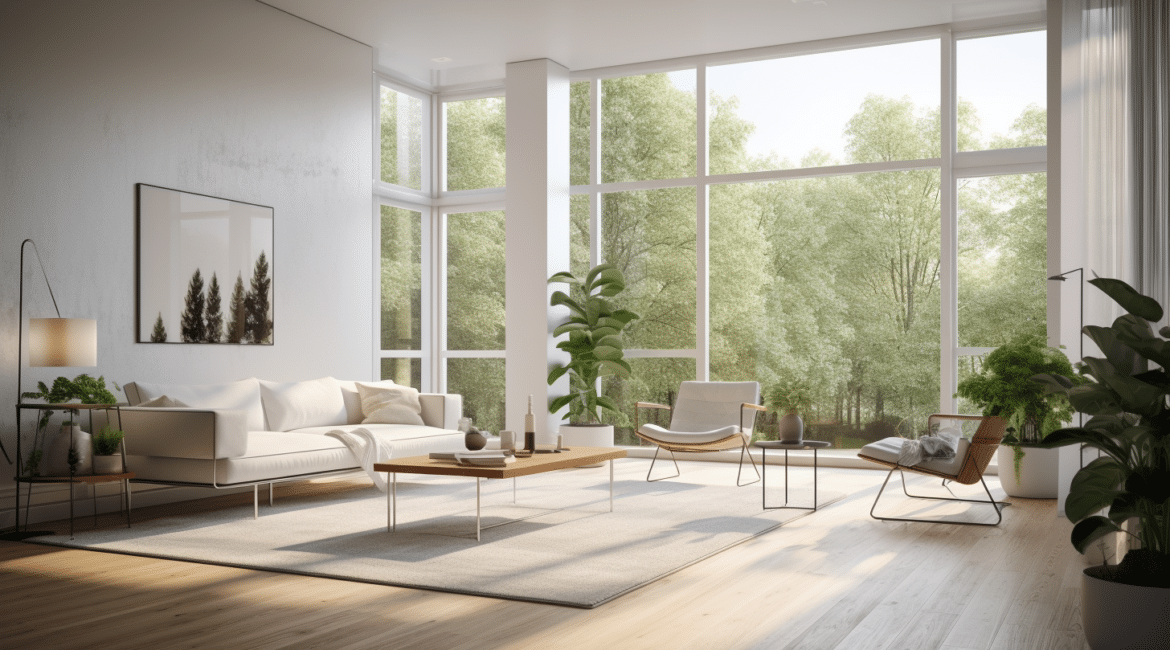

Leave a reply